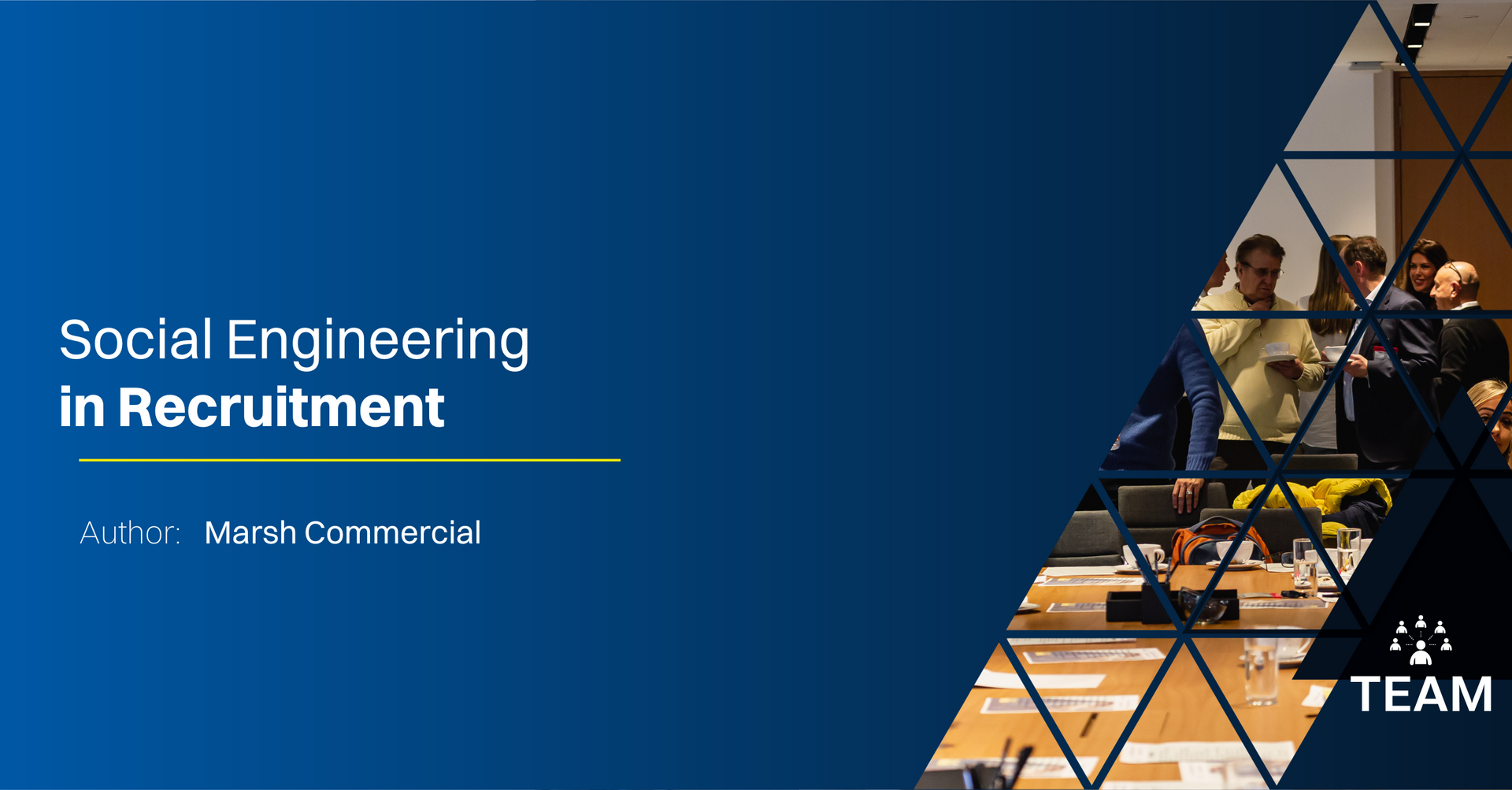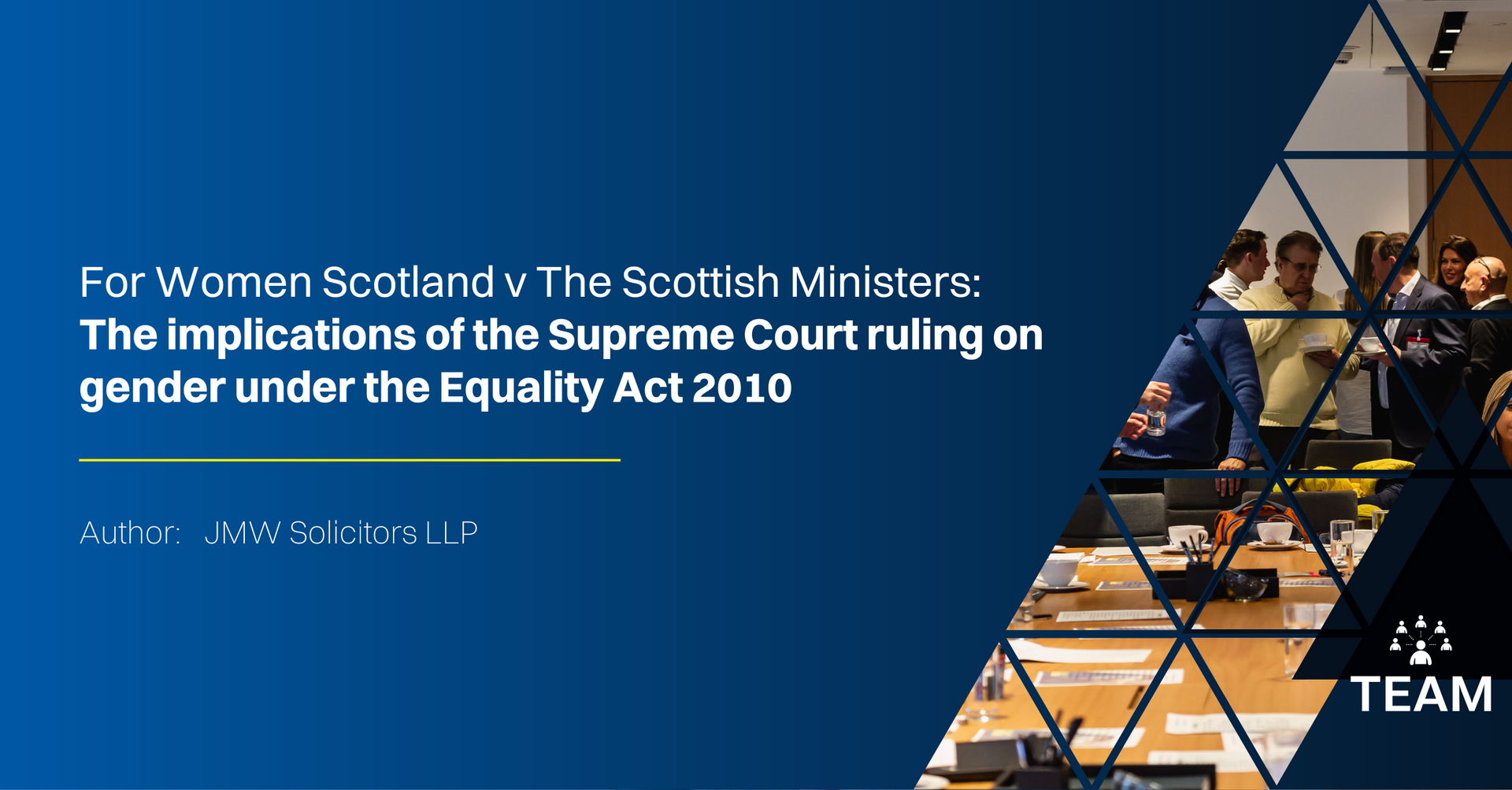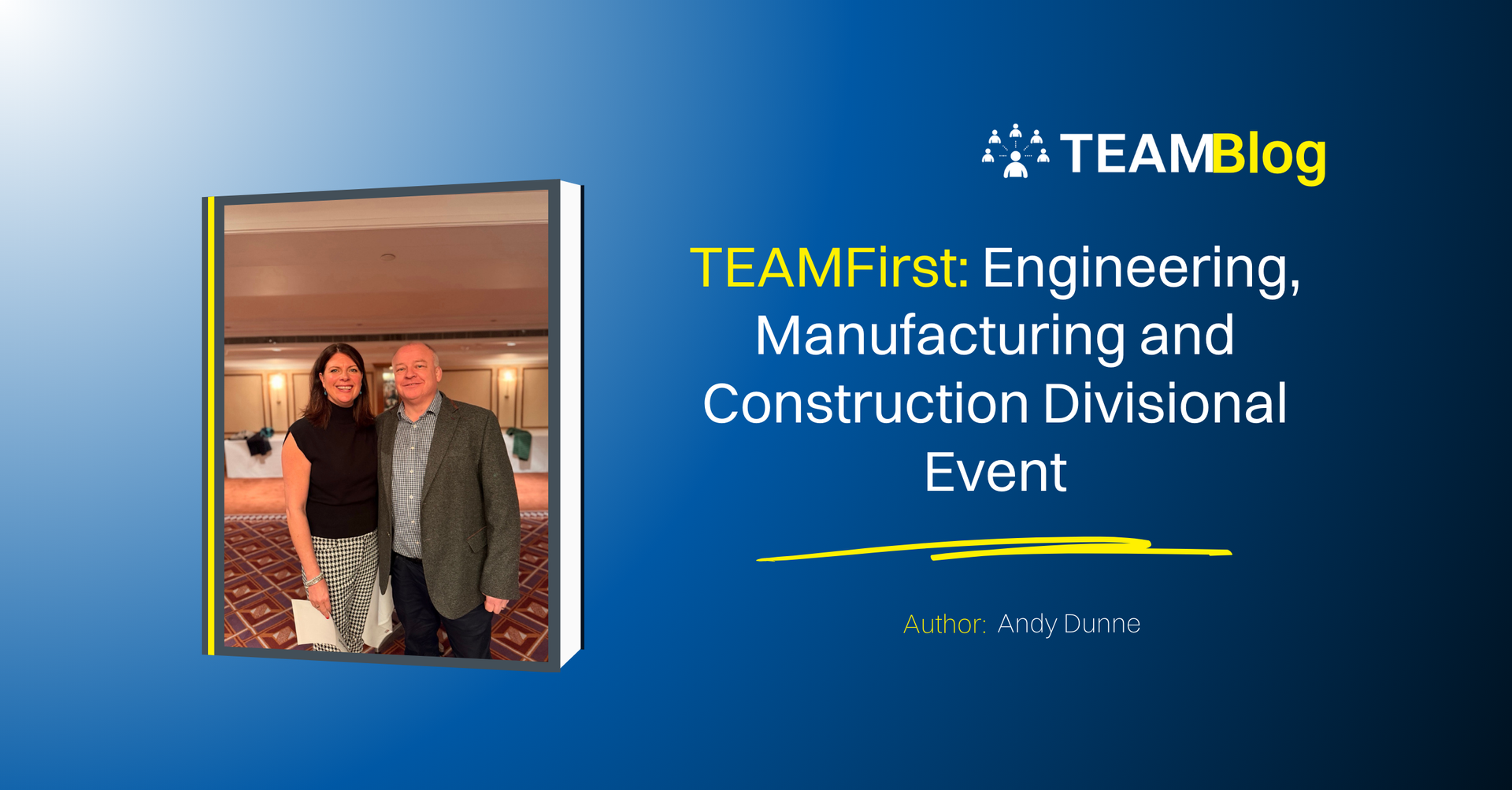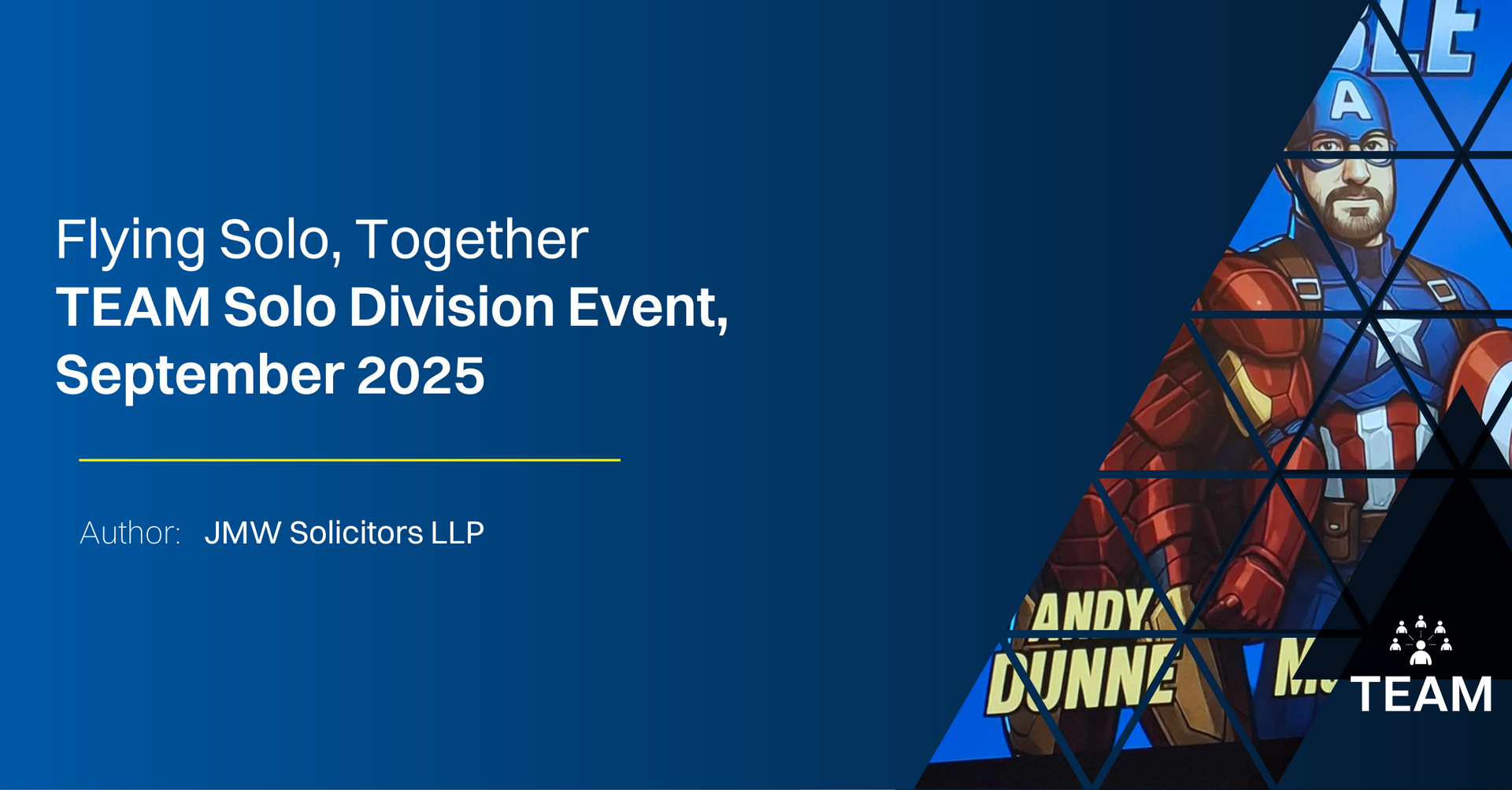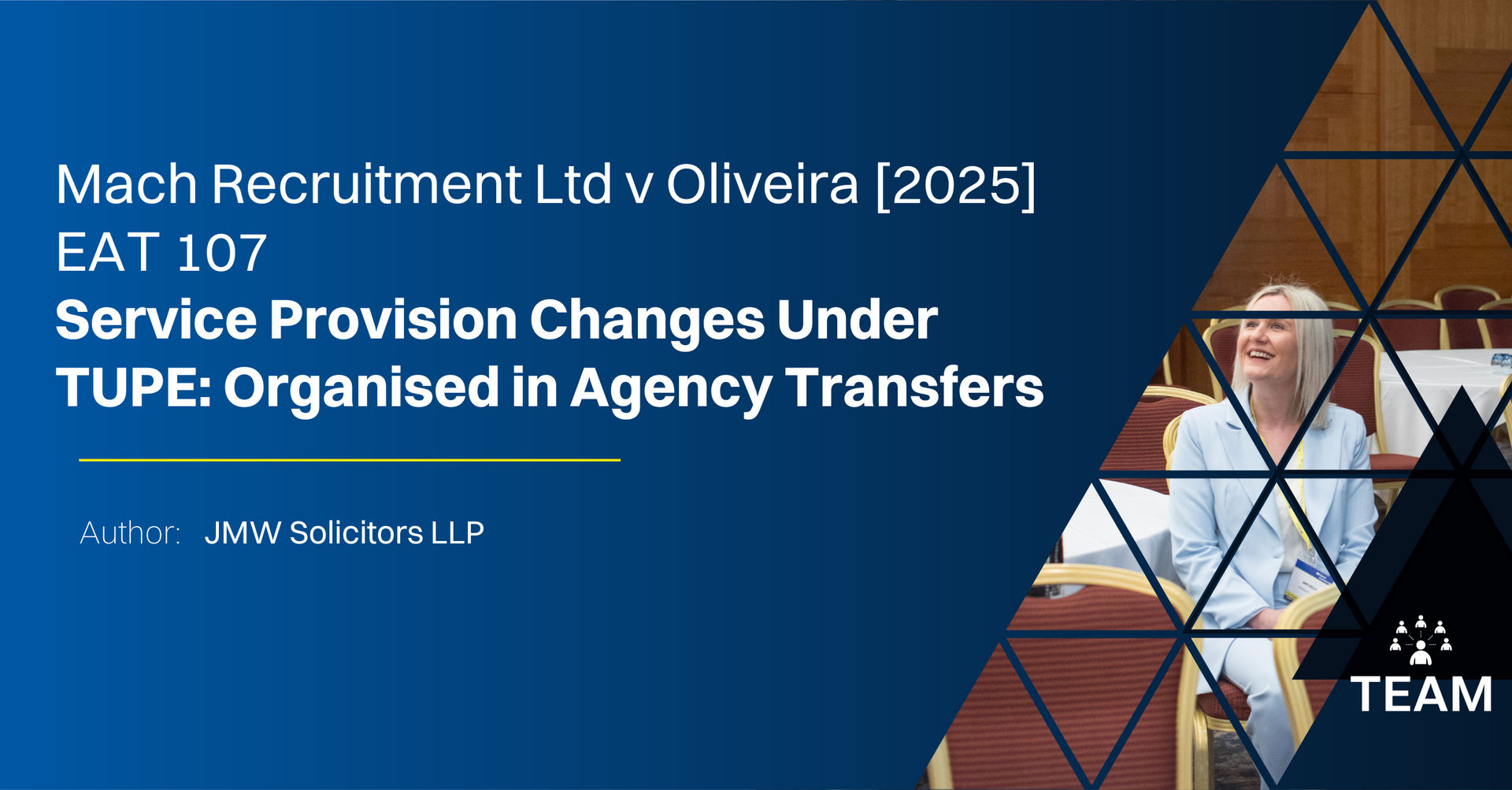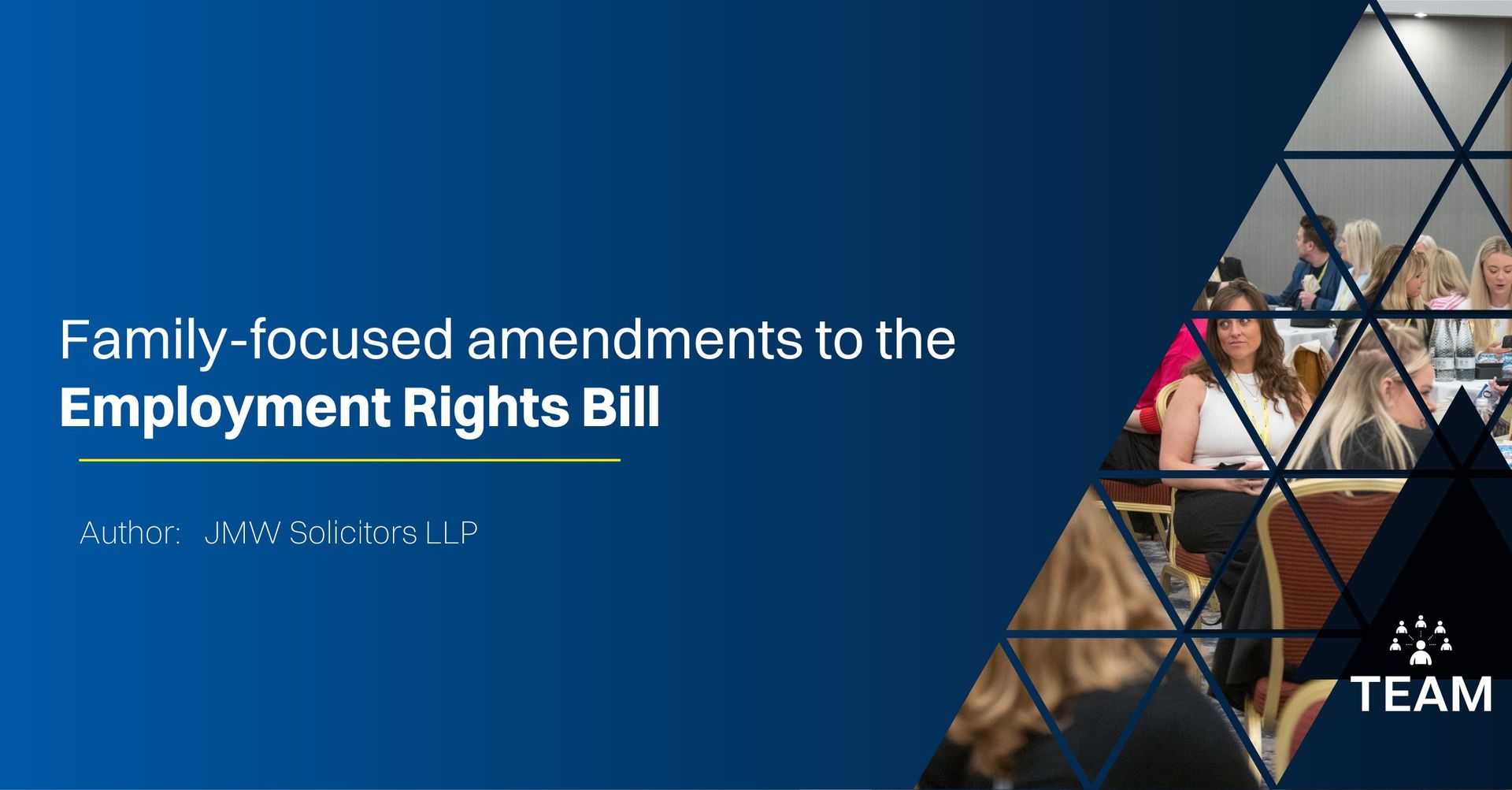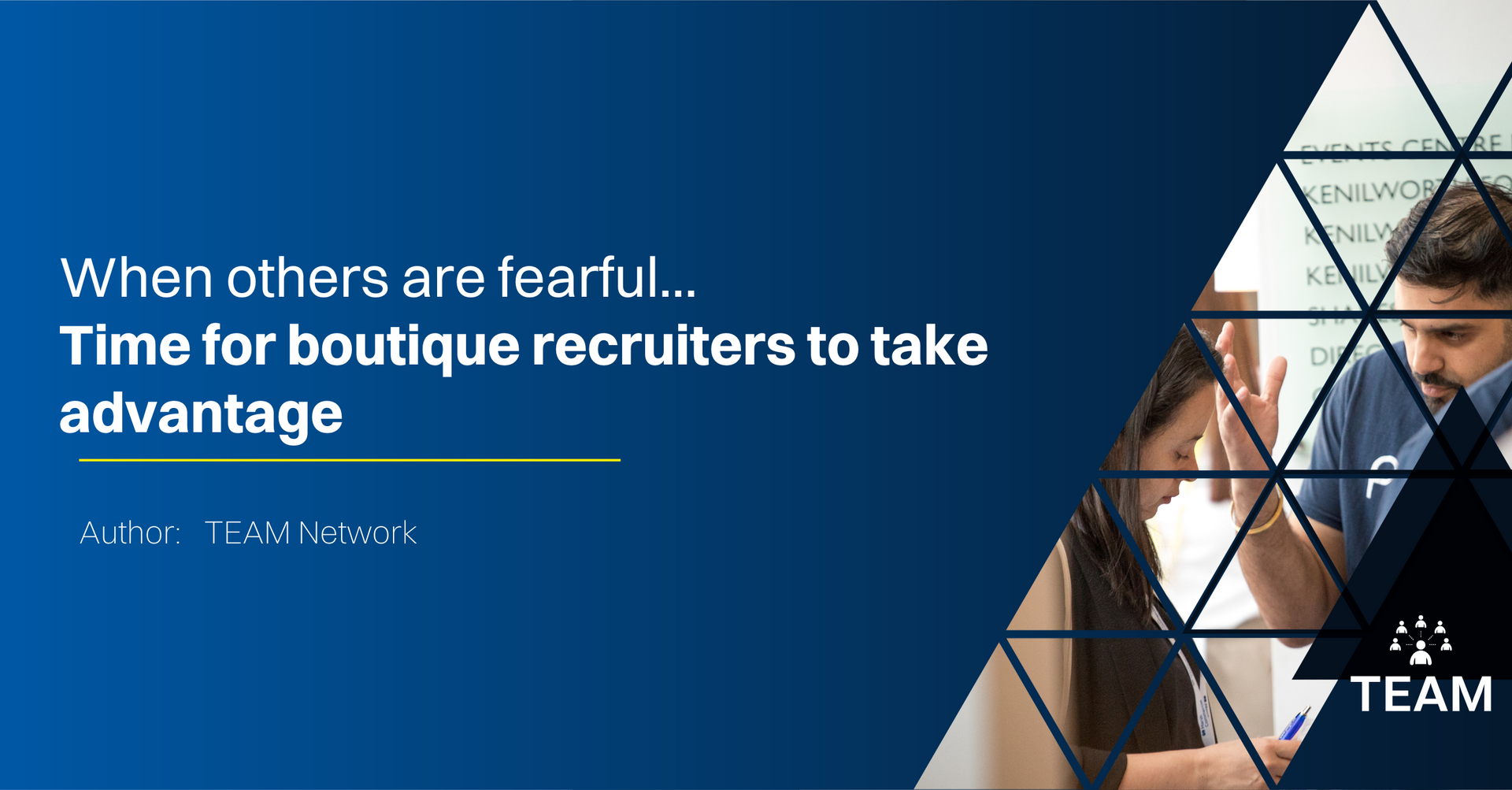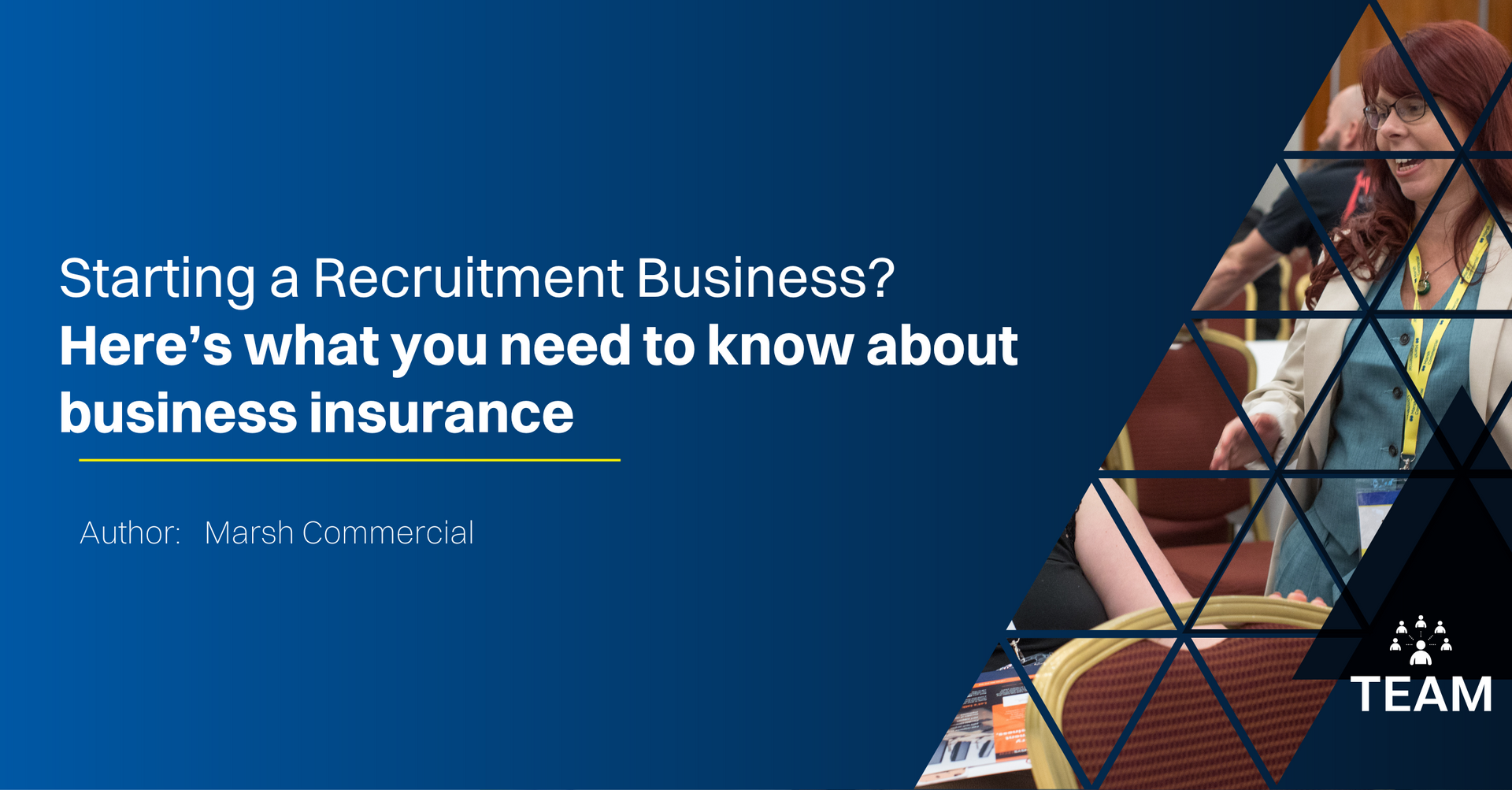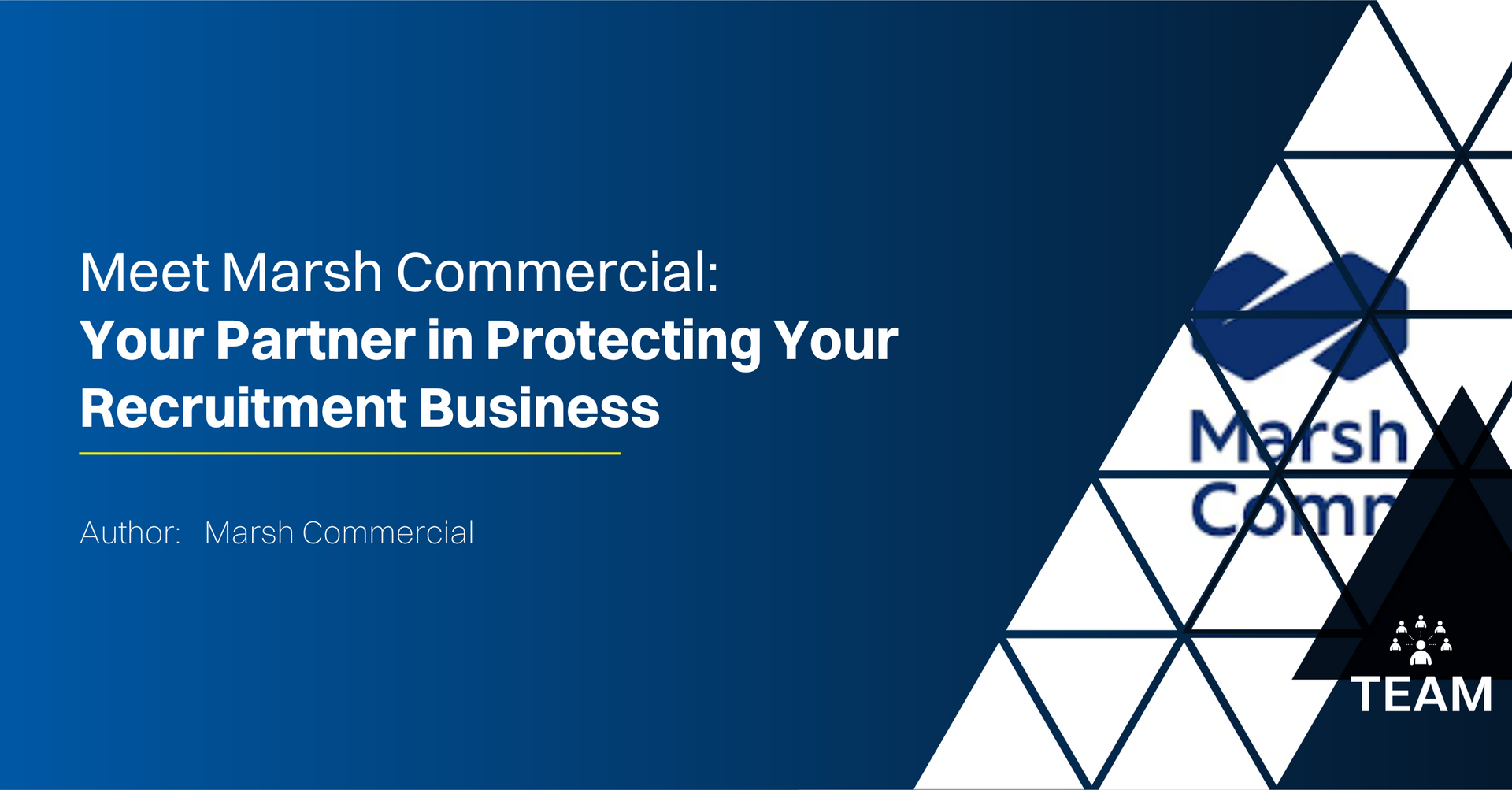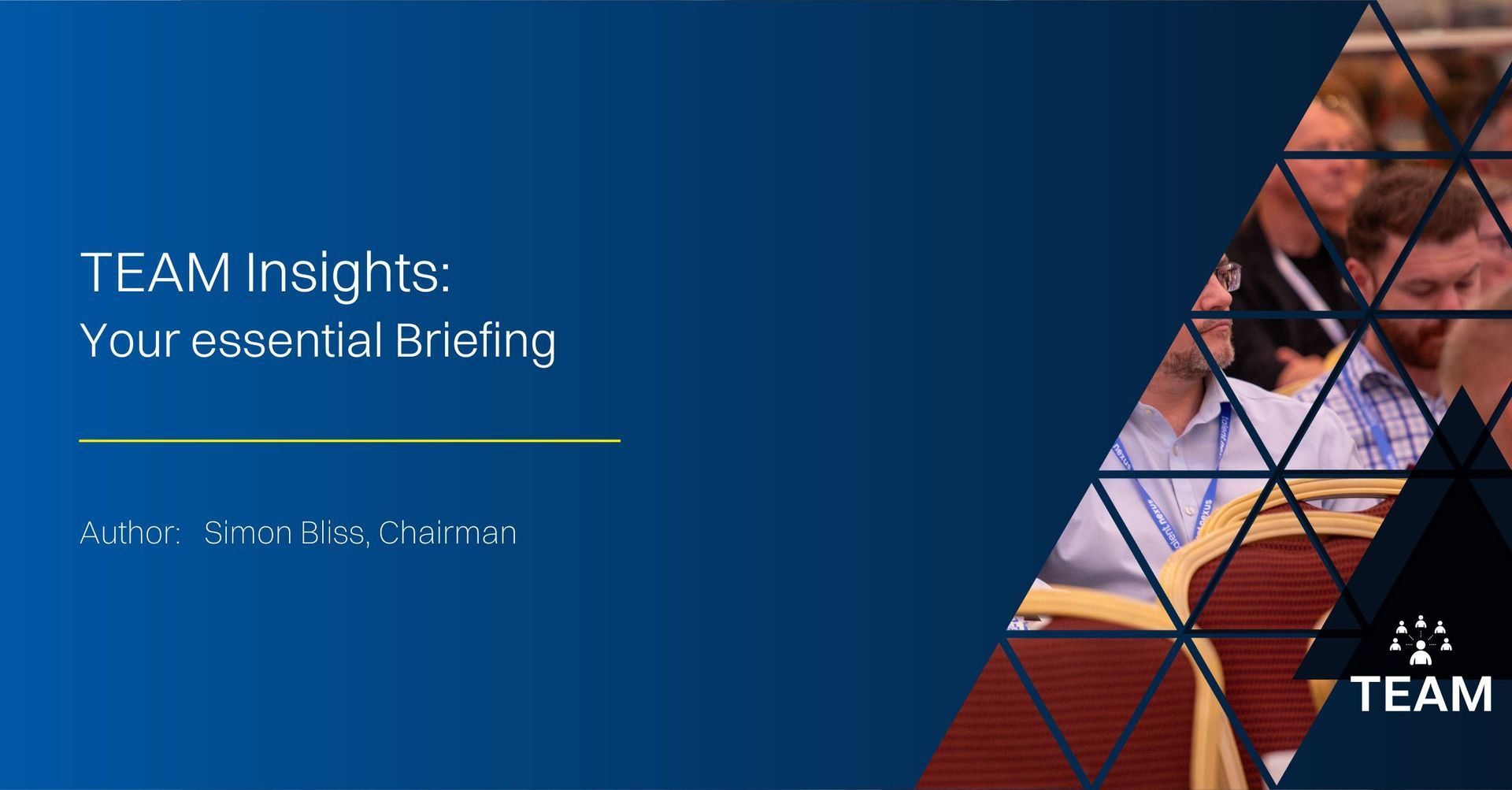Last week Andy Dunne, TEAM’s MD, spent the day at LinkedIn’s Customer Experience Centre in London for Accelerate London.

The event was focused on how AI is transforming recruitment & the official UK launch of Recruiter Professional Services Plus (RPS+).
Andy shared his insights and takeaways from the day.
It was my third visit to LinkedIn HQ. The first was in my second week back at TEAM when I took those three photos in front of the famous lobby sign. This visit was a bit different - I left with my head buzzing with ideas, data and new perspectives on where recruitment is heading.
Session One – The State of the Market
Gary Moore, Head of Sales UK at LinkedIn, opened the event with an overview of the latest UK hiring trends drawn from LinkedIn’s data.
The UK market is finally showing signs of steady recovery after a challenging few years.
- 69% of professionals say they’re open to new opportunities.
- Job views are up 10%, showing candidates are actively looking again.
- Sectors like construction, food services and tech are bouncing back.
- Remote jobs make up only 10% of listings but attract 21% of applications - clear proof of how much flexibility now drives decisions.
- Internal mobility has risen by 4%, suggesting more companies are opening up new roles and promoting from within.
Gary also shared that AI literacy has grown 216% across UK profiles, and communication is now the most in-demand skill in the market - proof that the human side of recruitment is more valuable than ever.
His message was simple: the UK is stabilising, confidence is returning, and those who adapt fastest will lead the next wave of growth.
Session Two – Practical AI in Recruitment
This panel was my personal highlight. Elkie Holland (Prospectus IT - a TEAM Member) and Aidan Walker (Infraviva) shared real examples of how they’re using AI tools in their businesses right now.
Elkie has been recruiting since 1985 and spoke about “co-intelligence” - using AI and human judgement together. Her team uses ChatGPT and Jasper to summarise CVs, write job ads and remove the repetitive admin that eats into their
week. She’s trained her team to see AI as a colleague, not a threat.
Aidan has taken a different path. After exiting a previous business, he launched his new agency using AI from day one - everything from contracts and statements of work to marketing and talent mapping.
His goal: to build a smarter, scalable agency with recurring revenue streams, supported by automation.
Their shared advice:
- Don’t fear AI - start small and solve one problem first.
- Standardise prompts across your team so quality stays consistent.
- Keep the human element front and centre. AI can shortlist, but it can’t build trust.
As Elkie put it: “The opportunity now is to be in the room with your clients before the job even exists.”
Session Three – LinkedIn Product Showcase: Recruiter Professional Services Plus (RPS+)
The final session was the one I’d been waiting for. James from LinkedIn’s Enterprise Team presented RPS+, the brand-new AI-powered version of LinkedIn Recruiter designed specifically for staffing agencies.
This is LinkedIn’s biggest step yet towards building tech that fits the way agencies actually work.
Key features include:
- Semantic Search: goes beyond keywords to understand intent and surface hidden talent.
- Hiring Assistant: an AI search partner that can build Boolean strings and shortlists in minutes.
- Business Development Dashboard: tracks client activity, hiring patterns and outreach performance.
- ATS Integration: flags candidates already in your CRM to avoid duplication.
- Enhanced InMail Access: 140 InMails per seat, plus better tracking for BD vs candidate messages.
LinkedIn advised that anyone interested should speak directly with their LinkedIn Account Manager to discuss access, features and eligibility.
The product has clearly been shaped by agency feedback - combining sourcing, automation and business development under one roof. It’s not about replacing recruiters; it’s about giving them back time to focus on people, relationships and value.
What TEAM Members can take from it
There’s no question AI is moving fast and this event reinforced one key point — the future belongs to recruiters who embrace it early and thoughtfully.
For TEAM Members, that means:
- Identifying one workflow to automate or improve now.
- Exploring new tools (many shared by Elkie and Aidan are affordable and easy to test).
- Staying curious and keeping the human touch at the centre of everything.
AI will never replace the intuition, empathy and relationships that define great recruiters - but it will raise the bar for speed, accuracy and efficiency.
My Final Thoughts
A big thank you to Colm and the LinkedIn team for the invitation and warm welcome. It was great to see familiar faces too. TEAM Members Julie Rose, Elkie Holland and others who joined the event.
I left LinkedIn HQ with a notebook full of ideas and a firm belief that 2026 will be a year where human expertise and AI capability work side by side to redefine what great recruitment looks like.
Want more industry insights? Chat to our Membership TEAM to find out more
